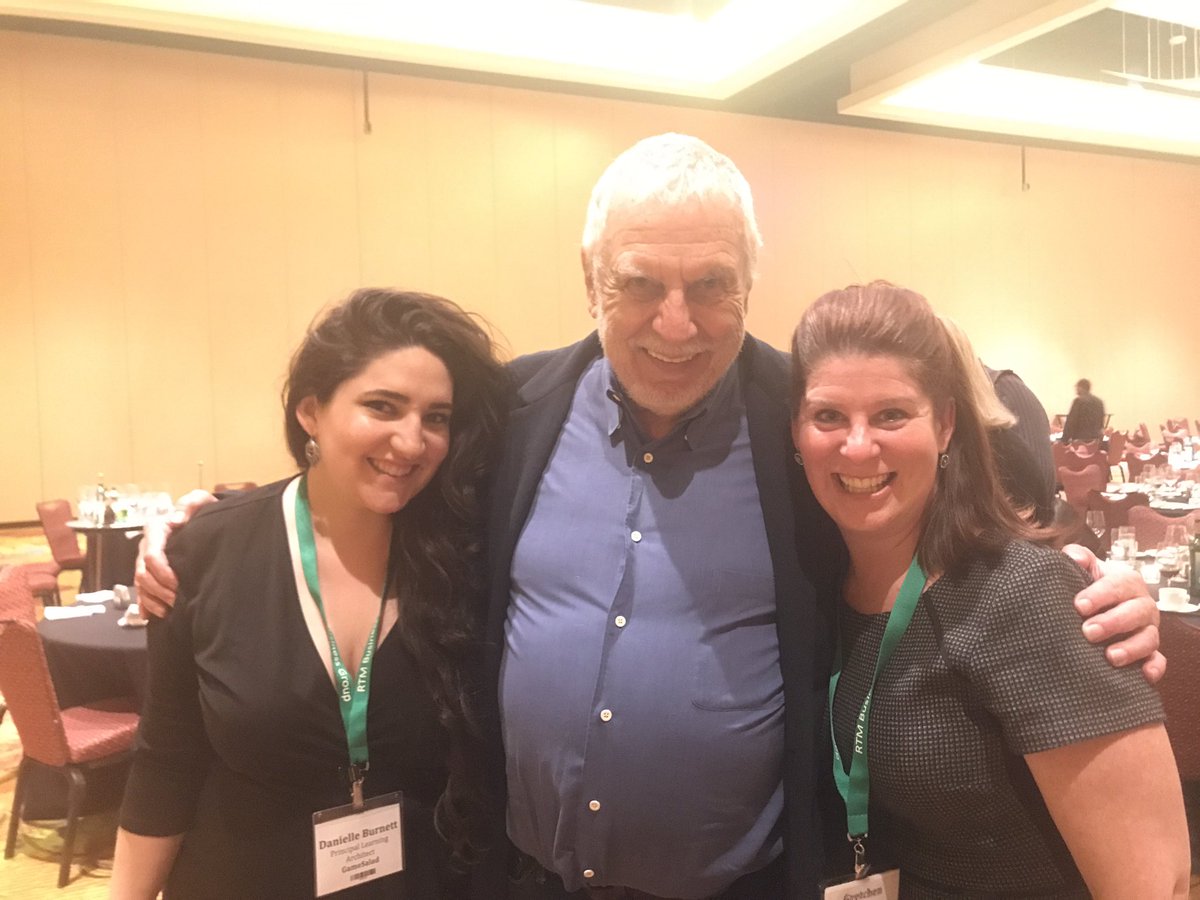
Density can be set to any real positive number.

A value of 0 will make an object immovable but still affect other actors in the scene. A higher value will make the object harder to move by lessĭense actors. Density Density refers to the heaviness of the actor. For more information on sine and cosine,Ĭheck out. cos (Function) This is the trigonometric cosine function. ceil (Function) The integer when you round up a value. Control Camera (Behavior) Allows users to cause the camera to follow an actor - keeping it in view. Essentially ties two attributes together. Constrain Attribute (Behavior) Continuously updates an attribute - for instance, constraining the actor's loca- tion to that of the mouse. Collision Shape This option determines whether other objects will collide with this object as if it were round (or rounded), or square (or rectangular). Collide (Behavior) Use this Behavior in conjunction with a tag to control which actor or groups of actors the primary actor will bounce against. Change Velocity (Behavior) Specify movement changes relative to another actor or to the scene. Insert a timer container to control how long the growth or shrink should take. Change Size (Behavior) Grows or shrinks an actor (use a negative number to shrink). Change Scene (Behavior) Goes to a specific scene - useful for moving to the next level, a credits scene, or the game menu. Change Image (Behavior) Change an actor's image to a new image - useful for showing damage or other changes to an actor without having to create multiple actors. For instance, users can create score-keeping systems, instructing the game to add points (or remove points) to a specific actor, or remove health/life from a player or actor. Change Attribute (Behavior) Allows user to set or change a game, scene, or actor attribute. Camera Mode An alternative mode while editing a scene, Camera mode allows the user to set the sensitivity of the camera's movement. Behaviors Behaviors are actions or states of being that apply to actors they can change how actors move, look, sound, and act. Behavior Library A list of all available Behaviors which can be assigned to actors. atan (Function) This is the trigonometric arctangent (inverse tangent) function. Any other input values will result in 'nan'. Values for x should range from -1 to 1 with results from -90 to 90, respectively. asin (Function) This is the trigonometric arcsine (inverse sine) function. Values for x should range from -1 to 1, with results from 180 to 0, respectively. acos (Function) This is the trigonometric arccosine (inverse cosine) function. In other words, it will make a negative number into a positive number. Commence the Movement and look if the Bot is allowed appropriately.Abs (Function) This provides the "absolute value" of a number.

Look at and increase the Crawlers to automate other regions of your respective work-flow.Remember that problems could be related to consumer roles, days and consistency and data. Set up the Bot and include the problems that will make it work based on pre-programmed common sense.Find the GameSalad Bot in the catalogue and combine it with your work-flow.Produce particular dependencies in between job areas by making them conditional.Revise articles to make it fillable with the help of wise job areas.Look at substantial catalogue of pre-created papers web templates, produce one particular from scratch, or upload your very own forms.Select the All Flows tab in the left to produce a another one or join an existing one particular.Go ahead and put in place as much section-particular Workspaces since you need. Produce and personalize your Work enviroment.Create an account a merchant account if you're a new comer to airSlate, or log in for your pre-existing one particular.


 0 kommentar(er)
0 kommentar(er)
